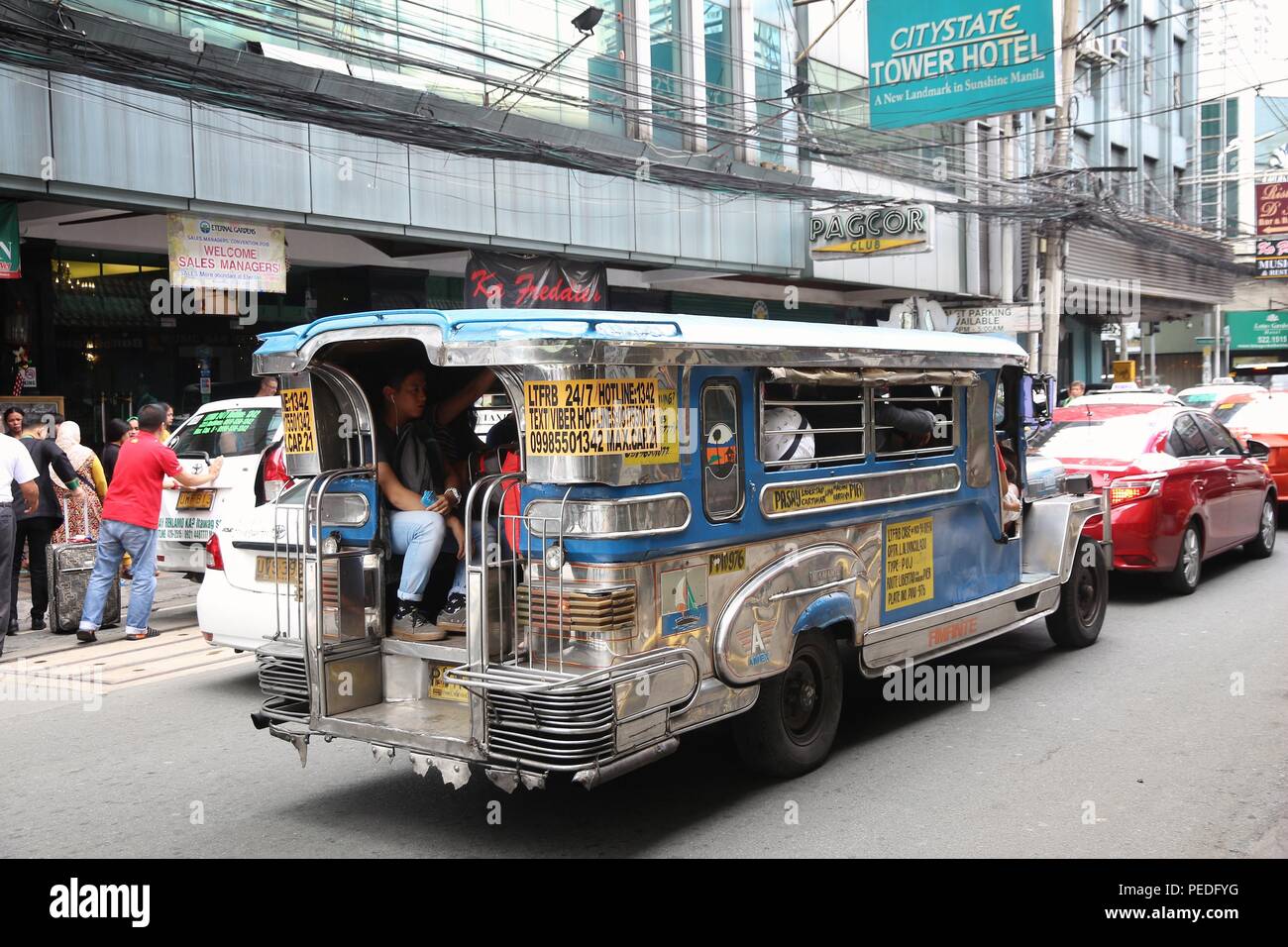Transit Advertising Philippines: Reach Countless Commuters Daily
Transit Advertising Philippines: Reach Countless Commuters Daily
Blog Article
Recognizing the Role of Transportation Advertising in Enhancing Brand Presence and Consumer Interaction
Transit advertising and marketing has arised as a pivotal aspect in the advertising and marketing landscape, providing one-of-a-kind opportunities for brand names to boost their visibility and engage customers successfully. With the ability to reach a restricted and diverse audience throughout their everyday commutes, these marketing approaches are not merely regarding presence; they are concerning developing significant links with possible consumers. As we explore the diverse advantages and cutting-edge techniques within transit advertising, it comes to be important to consider exactly how these elements collectively affect customer understanding and behavior, questioning regarding their lasting effect on brand name loyalty.
Interpretation of Transit Marketing
Transportation marketing refers to the practice of advertising items, solutions, or brands through advertisements positioned around public transport systems. This type of advertising encompasses a selection of positionings, including posters on buses and trains, electronic displays at transit stations, and covers on the outside of cars. It aims to get to a varied audience, taking advantage of the high foot traffic related to public transportation.
Transit advertising is strategically placed to catch the interest of commuters, that usually spend considerable time waiting or taking a trip. By incorporating ads right into the daily regimens of individuals, brand names can create a long-term perception and foster brand name recognition. The tool is particularly reliable in metropolitan settings, where mass transit is a key mode of traveling.
Additionally, transportation advertising can assist in local targeting, enabling organizations to reach certain demographics based on transportation courses and station places. As urban populations expand and making use of public transport rises, this marketing approach has gotten prominence as a crucial component of incorporated marketing methods. The dynamic nature of transportation advertising, incorporated with its ability to involve consumers in a captive setting, underscores its significance in modern marketing techniques.
Advantages of Transit Advertising
The performance of transit advertising exists in its capacity to deliver a plethora of benefits to brands seeking to enhance exposure and involvement. Among the primary advantages is the considerable reach it offers; transit ads can efficiently target diverse demographics throughout city areas, getting to both travelers and pedestrians alike. This wide direct exposure significantly increases brand name recognition.
Another advantage is the high frequency of impressions. As transportation vehicles follow recognized paths and stop at multiple locations, they create recurring direct exposure that enhances brand name messages. This frequency promotes familiarity, which is important in consumer decision-making.
Transit advertising is additionally cost-efficient compared to various other media platforms. Given its large reach and possibility for high perceptions, brands frequently experience a lower price per thousand perceptions (CPM), maximizing their advertising spending plan.
Additionally, transit advertisements can develop a sense of community link. By lining up with local transportation systems, brands can reverberate with regional audiences and cultivate a sense of local satisfaction. This localized strategy improves brand commitment and engagement, making transportation advertising and marketing a compelling selection for services aiming to strengthen their presence on the market.

Reliable Techniques for Transit Projects
To make the most of the influence of transit projects, brands need to take advantage of tactical preparation and execution customized to their target audience. Initially, recognizing the market features of the target market utilizing public transportation is critical. This enables brands to produce personalized messaging that reverberates with possible consumers.
Following, choosing the best transit tools is essential. Whether using bus covers, train posters, or digital screens, each medium has distinct benefits that can boost visibility. For instance, vibrant visuals on bus wraps can draw in interest, while electronic ads can be upgraded frequently to reflect prompt promos.
Furthermore, incorporating a natural branding strategy across transit platforms makes sure uniformity and reinforces the brand's identity. Utilizing unforgettable taglines and captivating layouts will certainly enhance brand name recall amongst commuters.
By using these methods, brands can effectively harness the potential of transportation marketing, promoting higher awareness and connection with their target audience. Ultimately, a well-executed transit project can drive considerable growth in brand presence and customer interaction.

Measuring Impact and Involvement
In reviewing the performance of transportation advertising projects, exact dimension of impact and involvement is necessary for brands seeking to maximize their marketing approaches. Metrics such as reach, regularity, and impressions provide fundamental data to examine visibility. Assessing these aspects helps figure out how numerous possible consumers are subjected to the advertisements throughout their everyday commutes.
Engagement can be further assessed through consumer communications, such as website web traffic, social media points out, and direct reactions to calls-to-action included in the ads. Using devices like QR codes or distinct Links can facilitate tracking of customer behavior directly connected to transportation campaigns. Surveys and comments devices also offer as valuable techniques to collect qualitative information on consumer understandings and recall of the promotion.
Furthermore, progressed analytics and attribution models can associate transportation exposure with succeeding buying actions, providing understandings into the return on financial investment. By employing a comprehensive method that integrates measurable and qualitative steps, brands can create a nuanced understanding of their transit marketing effect. Inevitably, this data-driven strategy allows brands to fine-tune their campaigns, guaranteeing they reverberate properly with target market and enhance overall brand visibility.
Study of Successful Campaigns
Successful transit marketing campaign work as compelling instances of how effective methods can boost brand name presence and involvement. Transit Advertising Philippines. One notable case is the "I Love New York" campaign, which transformed the city's image and attracted numerous tourists. By using train ads, billboards, and bus wraps, the project developed a solid, natural brand name identification, leading to a substantial uptick in tourist and regional company patronage
Another exemplary campaign is Coca-Cola's "Share a Coke" initiative, which leveraged transit advertising to individualize the brand experience. By including popular names why not look here on promotional products across various transit systems, Coca-Cola cultivated a much deeper emotional link with consumers, encouraging them to share their experiences on social media sites.
Additionally, the "Got Milk?" campaign efficiently used mass transit advertisements to get to a broad target market, reinforcing the message of the relevance of milk in a well balanced diet. The project saw a quantifiable rise in milk usage in target demographics.
These case studies show that when executed thoughtfully, transportation advertising can considerably improve brand presence, foster customer interaction, and drive measurable outcomes, showing its essential duty in modern-day advertising strategies. - Transit Advertising Philippines
Final Thought
In conclusion, transit advertising and marketing acts as a crucial device for enhancing brand presence and fostering consumer interaction. By making use of strategically put promotions within public transport systems, brands can properly reach diverse target markets and strengthen recognition with constant direct exposure. The application of targeted messaging and cutting-edge strategies even more a knockout post magnifies the influence Recommended Reading of transportation projects. Ultimately, the ability to measure interaction and examine effective instance researches emphasizes the effectiveness of transit marketing in driving brand loyalty and consumer interactions.
Transportation advertising and marketing has actually arised as a pivotal component in the advertising and marketing landscape, supplying unique opportunities for brands to boost their presence and engage consumers effectively.In addition, transit advertising and marketing can facilitate local targeting, permitting organizations to get to details demographics based on transportation paths and station locations.In reviewing the performance of transportation advertising campaigns, exact dimension of influence and involvement is crucial for brands looking for to maximize their advertising approaches.Effective transportation advertising and marketing projects serve as engaging examples of exactly how effective approaches can raise brand name exposure and involvement.In final thought, transportation marketing offers as a crucial tool for improving brand exposure and fostering customer engagement.
Report this page